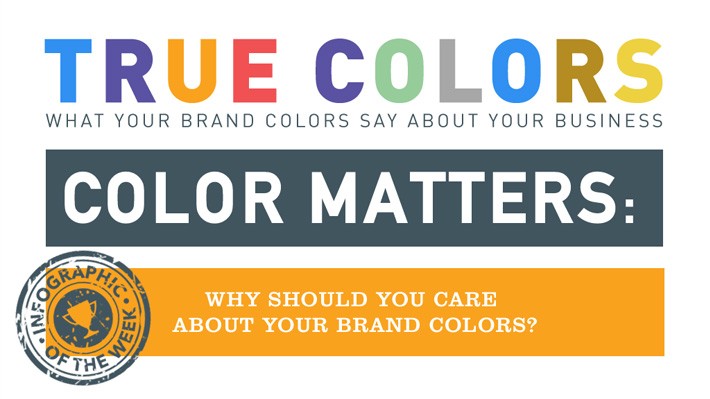What do your brand’s colours really say about you?
What persuaded McDonalds that its arches should be golden? Why is Virgin always red and British Airways determinedly royal blue? How did IKEA become yellow? Why is Apple increasingly a metallic silver? The chances are that, as a B2B marketer, you’ll be confident guessing at the logic behind each of these brand colour choices. We’re accustomed to big B2C brands scientifically choosing colours to influence the emotions that consumers associate with them. But are we as confident applying colour to B2B marketing strategy?
I know from personal experience that colour can make a big difference in B2B marketing – and that smart brands select their colours very carefully. At LinkedIn, I’m very aware of how recognisable the particular shade of blue in our logo is – and how it sends a very different message to the shades of Twitter and Facebook. The Content Marketing Institute, one of the most recognisable B2B brands out there, has made a point of owning the colour orange.
Why there is no safety first approach to brand colours
Despite examples like these, I still see a lot of B2B brands taking a safety first approach to colour. This is a mistake because, where colour is concerned, that safety first approach simply doesn’t exist. Any colour that you choose sends a signal. Identifying your brand with black, white and grey makes as definite an emotional statement as opting for bright yellow. The important thing is understanding which colour-coded signals you’re sending.
When I worked at Marketo, I got to see first-hand the benefits our brand got from being purple – and integrating that purple across everything that we did, from our logo to our landing pages. Marketo chose purple because few other brands were using it – but also because of the very specific associations that it brings. Purple represents wealth and royalty – and for a B2B audience, those associations translate intuitively into leadership and revenue.
Your guide to the brand colour landscape
I wanted to understand more about the impact that colour choices have on how B2C and B2B audiences perceive a brand. That’s why I researched and put together this Infographic. It’s one I’m still very proud of today. It sets out to provide any marketer with a guidebook for negotiating the brand colour landscape – the colours that are used most often and the different emotional signals that they send. We even broke down which colours are used by different verticals, and which kinds of colours particular sectors tend to avoid. In short, this infographic gives you all of the tools you need for differentiating your brand and reinforcing your proposition through colour. And if you’re looking to refresh your brand or clarify your position – thinking about your colours can be a great place to start.
Related articles



